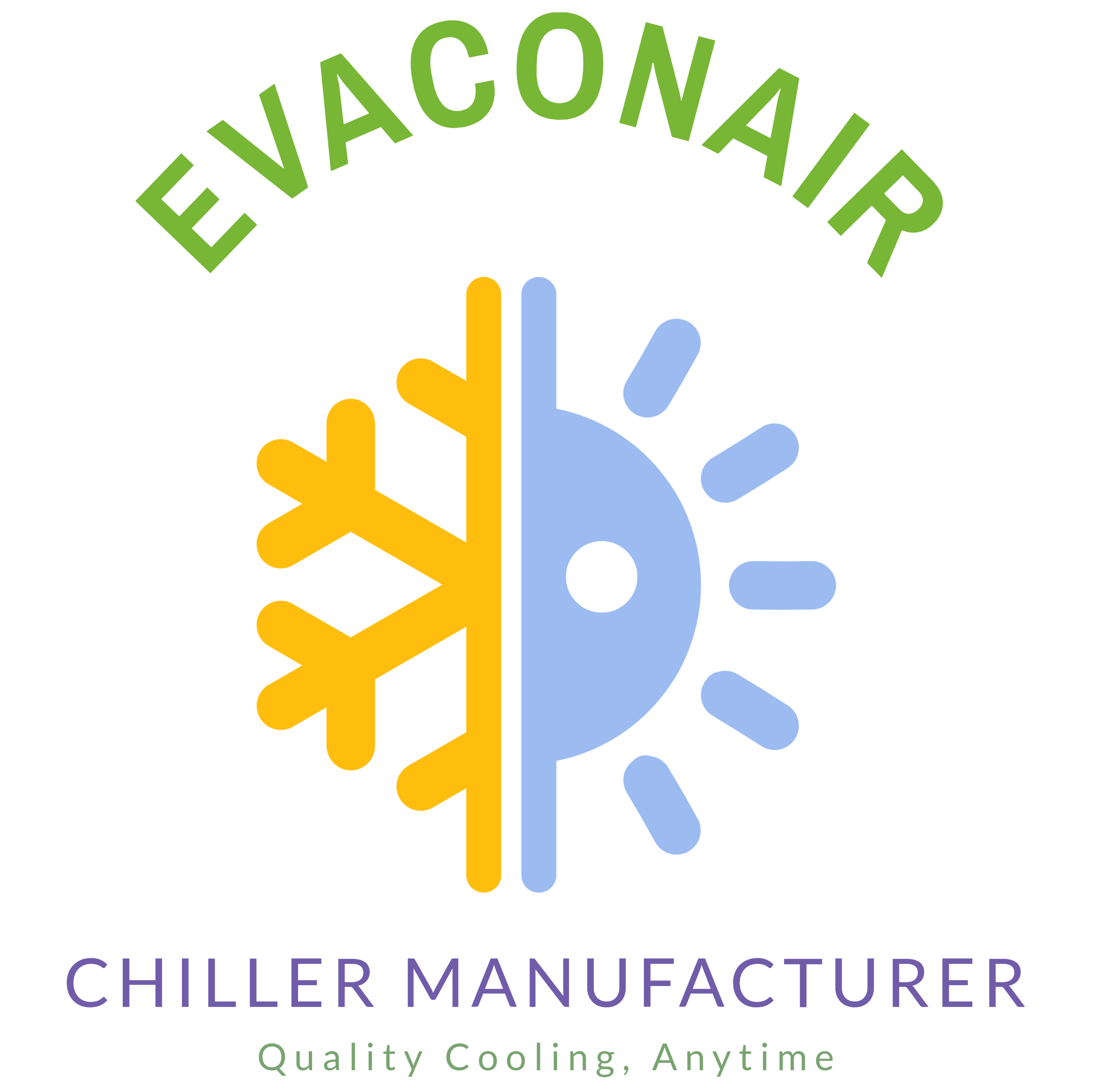Blog
Is HVAC Mechanical or Electrical?
HVAC systems encompass both mechanical and electrical components, making them a blend of both disciplines.
Mechanical Components
1. Heating Equipment
Mechanical aspects of HVAC include heating equipment, such as furnaces, boilers, and heat pumps. These devices are designed to generate and distribute heat throughout a building. They rely on mechanical processes to operate efficiently.
2. Ventilation Systems
Mechanical ventilation systems include components like ducts, fans, and air handling units. These systems physically move air throughout a building to ensure proper airflow and maintain indoor air quality.
3. Cooling Equipment
Mechanical cooling systems, such as air conditioners, chillers, and cooling towers, are used to cool indoor spaces. These components involve mechanical processes to remove heat and reduce humidity levels.
Electrical Components
1. Control Systems
HVAC control systems are predominantly electrical. They include thermostats, sensors, and controllers that regulate the operation of heating, ventilation, and air conditioning equipment. Electrical components manage system settings, timings, and operational modes.
2. Motors and Drives
Motors and drives used in HVAC systems, such as those powering fans, pumps, and compressors, are electrical. These components are essential for the functioning of mechanical parts within the system.
3. Electrical Wiring
Electrical wiring connects various components of an HVAC system, providing power and facilitating communication between different parts of the system. Proper wiring ensures the system operates safely and efficiently.
Integration of Mechanical and Electrical Systems
HVAC systems integrate both mechanical and electrical components to function effectively. Mechanical parts handle the physical processes of heating, cooling, and ventilation, while electrical components control and manage these processes. This combination allows HVAC systems to provide comprehensive climate control and indoor air quality management.
Summary
HVAC systems are a blend of mechanical and electrical technologies. Mechanical components include heating, ventilation, and cooling equipment, while electrical components encompass control systems, motors, and wiring. Both types of components work together to ensure the effective operation of HVAC systems.
